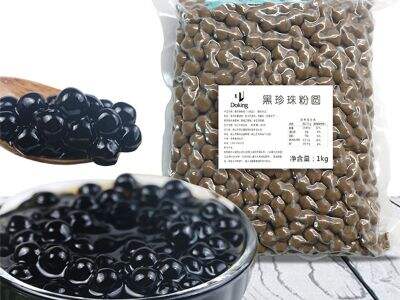Tapioca pearls are sweet, chewy treats that do wonders for enticing people of all ages from kids to adults. Ever wondered what makes chewing them so exciting? Well, come along as we go behind-the-scenes and uncover the secret to the chewy mystery of Amber Tapioca Boba peals by Doking as well as how they are made.
How Are They Made?
Tapioca pearls are actually made from a plant called cassava, which is native to South America. This is where everything, quite literally, starts-bringing cassava plant roots. They birth from the outer skin of the roots and are peeled, then meticulously washed out of any dirt.
After that, the cleansed roots are ground to powder. Then, water is added to the powder until it takes on a dough-like consistency. The next step is rolling the dough into small balls which will serve as a kind of chewy pearl. Finally, boiled into the wonderful Green Tapioca Popping Boba that we normally enjoy.
Why Boiling and Soaking Are Necessary?
Boiling and soaking are key components in making tapioca pearls, as they soften those pearls and give them the characteristic chewiness. The boiling soaking lightens it for the absorption of water, changes it into soft and chewy pearls.
And most critical part is the soaking itself after boiling not minding because it has something to drink but helps in cooking through; otherwise, you will not get the right texture, which we all love in the pearls.
How Starch Contributes to Chewiness?
It comes from starch-the main ingredient that builds up to the chewiness quality of these little things called tapioca pearls. Contrary to granite, tapioca pearls actually consist of tiny starch granules that absorb the water and swell while cooked.
The longer the cooking of the pearls, the more fraction of water they absorb and also the chewier they become. The cooking and absorption of water are what create the chewy boba-like texture in bubblicious tapioca balls pearls.


